For those of you who have meadows...
mxk3 z5b_MI
2 years ago
Featured Answer
Comments (37)
mad_gallica (z5 Eastern NY)
2 years agowoodyoak zone 5 southern Ont., Canada
2 years agoRelated Discussions
Question for those of you who have French Door fridges
Comments (20)Thank you for all the replies. I suspect some complaints about the leakage could be operator error, such as not getting a piece of ice stuck in the dispenser out. This happens occasionally no matter what kind of refrigerator you have. I have researched and studied different models for about 3 fulls days and appreciate all the recommendations. My husband decided to see if he could fix ours... I just knew for sure I would need a new one when I was observing this process...lol He pretty much gutted it, a lot has to be removed to access wiring connections, circuit boards etc.... there were so many parts strung out in my kitchen, on the floor and counter tops to the point there was not even enough counter space to put a sandwich together..... Process of elimination he said. he has all the meters to test wiring and circuit boards. Low and behold he found the problem!...and fixed it AND was successful at re-assembling everything. Were there any parts leftover?... one tiny little bitty screw off the back panel and the only reason it was leftover is because our little Chihuahua carried it to her bed. To tell you the truth I am so happy he was able to fix it. It is a GE Profile and this is the first problem we've had with it in 9 years. The freezer side has all pull out wire baskets which I love and I am happy with the configuration of the refrigerator side....See MoreTo those of you who have White Fantasy, Super White or marble
Comments (8)Funny. I looked at the one with garnet specs. I tried to force myself to love it but I just didn't. Garnet isn't a color I am drawn to so I ended up with the more neutral Quartz. That way I could add the colors I liked to the space like blue, green, and orange. I would go with the SW and get a sample to test before you buy it. If you don't love the specs now my guess is you won't love them once their in your kitchen either....See MoreThose of you who have went so far over budget..
Comments (16)This will sound crazy, but we didn't start out with a budget! We just knew that we needed to control every penny, and it would cost what it cost. One surprise was a sudden run-up in building materials shortly after we started. We paid 50% more for roof sheathing on our house than we did on the barn, in just one year's time. Of course, after we finished, the prices came back down. Since our house is evolving as I build it, there is a constant temptation to make expensive upgrades. I bought a cute antique sink for the powder room, but the only faucet that would fit it was at least double what I had planned on. Then, I couldn't just throw a $100 toilet in there; an 'appropriate' one was more like $300. Once I put the tin ceiling up in the kitchen (planned), I couldn't put just any ceiling fan up there. The 'perfect' fan was $400, about 4 times what I usually pay for a fan. Take these few anecdotes, and multiply them times the hundreds and hundreds of items in a house, and you catch my drift. It would take extremely detailed planning and will power to set a budget and actually stick to it. On the other side, we've saved a lot of money by watching for bargains and being flexible. I really wanted a Kohler Stages 45 sink for the kitchen, but found a 43" sink on ebay for $165. Our Nichiha siding was bought for 25 cents on the dollar. Again, these are just a couple examples of many bargains I got. I'm doing almost all of the labor myself, so if I had to pay for all of it, we would have gone WAY over budget. Many of the little details I've incorporated take a long time to do, and that would really add up if I had to pay for the labor, too. I would say labor is the one thing that could really break the bank....See MoreThose who have a cast iron plant, has it ever bloomed for you?
Comments (1)There are always the exceptions. I lunch cafeteria I work near has a bunch of large planters of this plant, One bloomed once. Closest to sun and furthest from the heat....See Morekatob Z6ish, NE Pa
2 years agomxk3 z5b_MI
2 years agolast modified: 2 years agomxk3 z5b_MI
2 years agokatob Z6ish, NE Pa
2 years agorosaprimula
last yearmxk3 z5b_MI
last yearNHBabs z4b-5a NH
last yearmxk3 z5b_MI
last yearrosaprimula
last yearlast modified: last yearcecily 7A
last yearlinaria_gw
last yearrosaprimula
last yeardavid gilbert
9 months agomxk3 z5b_MI
9 months agoToronto Veterinarian
7 months agorosaprimula
7 months agoToronto Veterinarian
7 months agomxk3 z5b_MI
7 months agoJay 6a Chicago
7 months agomxk3 z5b_MI
7 months agokitasei2
7 months agomxk3 z5b_MI
7 months agolovemycorgi z5b SE michigan
7 months agolovemycorgi z5b SE michigan
7 months agoJay 6a Chicago
7 months agokitasei2
7 months agoJay 6a Chicago
7 months agorosaprimula
7 months agoJay 6a Chicago
7 months agolast modified: 7 months agomxk3 z5b_MI
7 months agoJay 6a Chicago
7 months agowoodyoak
7 months agomxk3 z5b_MI
5 months ago
Related Stories

INSPIRING GARDENSWhat We Can Learn From Longwood Gardens’ New Meadow
Sustainability, ecology, native plant communities ... this public garden is brimming with lessons on horticulture for home gardeners
Full Story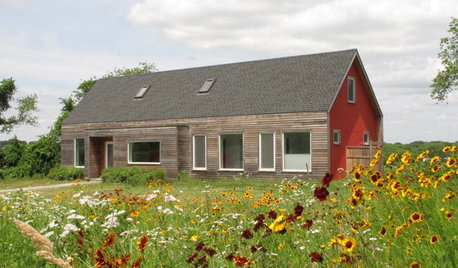
LANDSCAPE DESIGNHow to Design a Meadow Garden Everyone Will Love
Petite grasses or sedges plus flowers make for a manageable landscape that welcomes wildlife
Full Story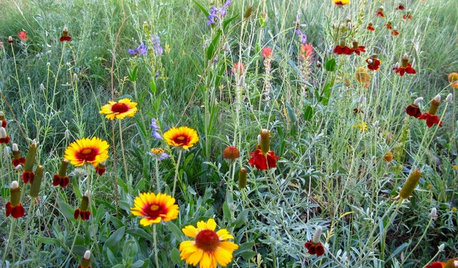
LANDSCAPE DESIGNCreate a Wildlife-Friendly Meadow in Your Small Garden
Find out how to add prairie charm to your landscape — whether it’s a backyard, a rooftop or a half-dozen pots on a patio
Full Story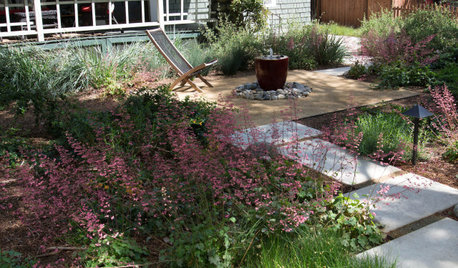
GARDENING GUIDESHow to Have Your Own Mini Wildflower Meadow in the City
These 3 tips will help you find the right plants for the right place to create an appealing garden
Full Story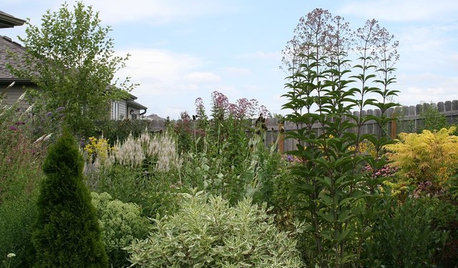
GARDENING FOR BUTTERFLIESGreat Design Plants: A Bevy of Beauties from the Meadow
Draw butterflies, birds and bees to the garden year-round with these low-maintenance Eupatorium varieties
Full Story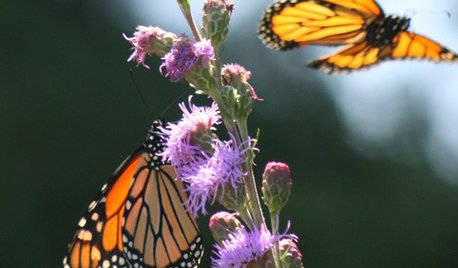
GARDENING GUIDESGreat Design Plant: Meadow Blazing Star (Liatris Ligulistylis)
Make fast friends with the monarch butterflies and get a color show too with this adaptable U.S. Midwest native
Full Story
PLANTING IDEASWant a More Colorful, Natural Garden? Try a Perennial Meadow
Spend less time tending and more time taking in the sights by improving on Victorian and prairie garden designs
Full Story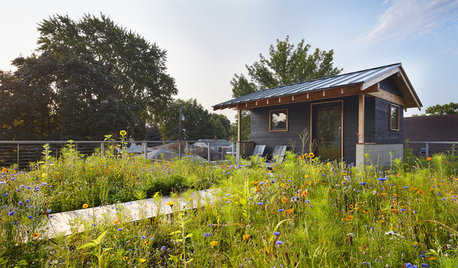
INSPIRING GARDENSA Sauna and a Native Meadow Garden Elevate a Minnesota Rooftop
A prairie-style garden and a second-story sauna turn a plain garage roof into a beautiful landscape
Full Story
GROUND COVERSGive Your Lawn a Taste of the Wild
Consider the joys of an irregularly trimmed meadow lawn: It’s ecofriendly, visually interesting and still good for romping
Full Story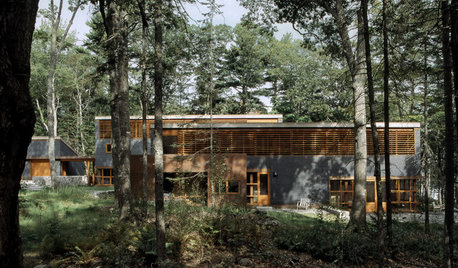
ARCHITECTURE'Houses of Maine' Puts Modernism in Its Place — in Nature
Set in the meadows and woods of Maine, the homes in this book give modern architecture a natural context
Full StorySponsored



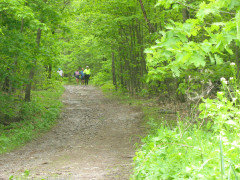
Jay 6a Chicago